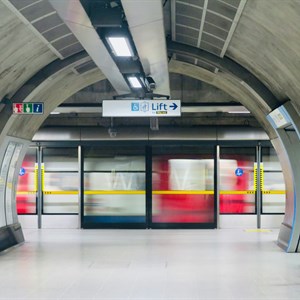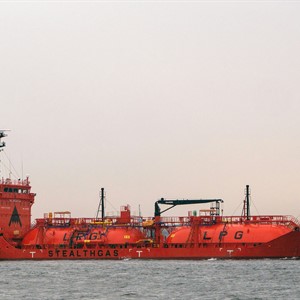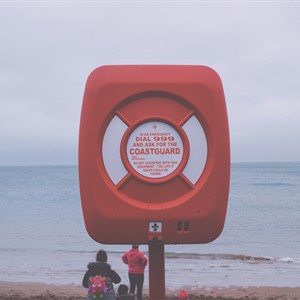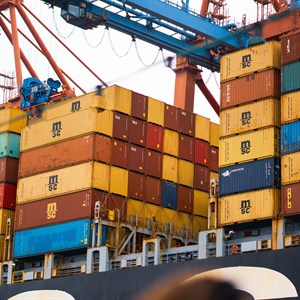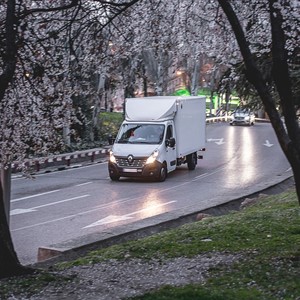The Whole System: Mobility-as-a-Service - Data mining: the key to making Mobility-as-a-Service work?
To make this new idea work, travellers and providers will have to pool a lot of data. Making it safe and reliable is a big task The challenges of Mobility-as-a-Service (MaaS) extend beyond the transport system itself and include protection of individuals’ personal data and agreements on the distribution of revenue. For Mobility-as-a-Service (MaaS) to work, it will require considerable sharing of data. This will allow MaaS to build a picture of the totality of the traveller’s requirements and plug into the infrastructure of transport service providers, such as journey planning, booking and information. This will give would-be passengers real-time information relevant to each transport service in a particular journey. No getting away from data sharing The dependence of MaaS on data sharing…

